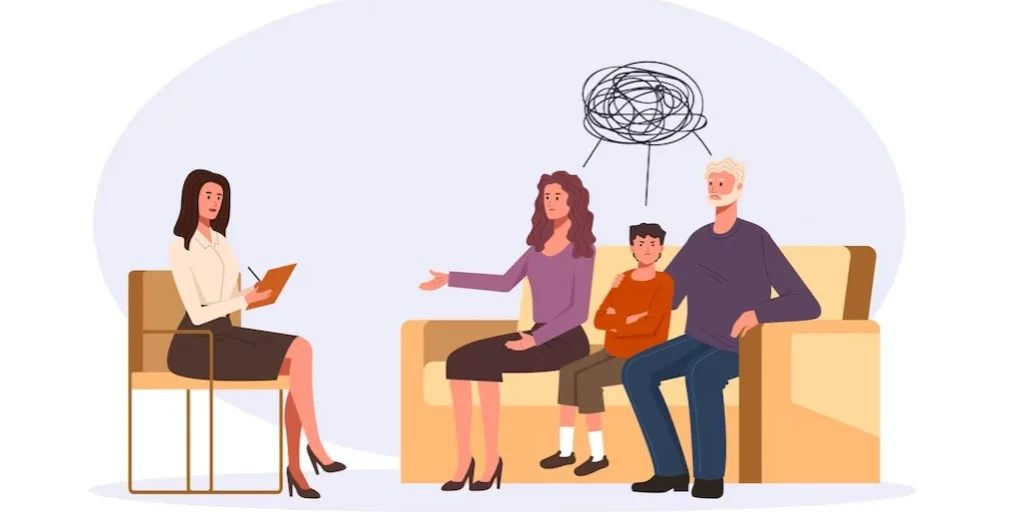24/7 Helpline:
(866) 899-221924/7 Helpline:
(866) 899-2219
Learn more about Eating Disorder Treatment centers in Spring Valley
Eating Disorder Treatment in Other Cities

Other Insurance Options

Private insurance

State Farm

Lucent

Carleon

Holman Group

BlueShield

Ambetter

EmblemHealth

PHCS Network

Choice Care Network

WellPoint

Group Health Incorporated

Magellan Health

Molina Healthcare

Access to Recovery (ATR) Voucher

Health Partners

United Health Care

Meritain

Aetna

Kaiser Permanente




Open Arms – Women’s Recovery House
Open Arms - Women's Recovery House offers inpatient treatment for individuals with alcohol and/or su...

Open Arms – Men’s Recovery House
Open Arms - Men's Recovery House offers inpatient treatment for individuals with alcohol and/or subs...

Rockland Psychiatric Center
Rockland Psychiatric Center, located in Orangeburg, New York, offers behavioral healthcare and menta...

Recovery Center – Chemical Dependency
Recovery Center - Chemical Dependency is a public rehab located in Nyack, NY. Recovery Center - Chem...

Rockland Children’s Psychiatric Center
Rockland Children's Psychiatric Center is a hospital located in Orangeburg, NY. Rockland Children's ...

Lexington Center for Recovery
Lexington Center for Recovery provides a program of recovery which respects the dignity and individu...

Regional Medical Center – Behavioral Health
Regional Medical Center – Behavioral Health is a private rehab located in Orangeburg, South Carolina...
































































































Rockland Psychiatric Center
Rockland Psychiatric Center is a public rehab located in Nyack, New York. Rockland Psychiatric Cente...

Nyack Hospital Recovery Center for Change – Outpatient
Nyack Hospital Recovery Center for Change provides treatment for substance use and addiction in Nyac...

Mental Health Association of Rockland County – Change Happens
Mental Health Association of Rockland County – Change Happens is a private rehab located in Valley C...

Rockland Council On Alcoholism – RCADD
Rockland Council On Alcoholism – RCADD is a private rehab located in Nanuet, New York. Rockland Coun...

Samaritan Daytop Village
Samaritan Daytop Village is an outpatient facility that offers treatment for individuals with Mental...

Russell E. Blaisdell Addiction Treatment Center
Russell E. Blaisdell Addiction Treatment Center, located in Orangeburg, New York, is a 52 bed all ma...

Lexington Center for Recovery
Lexington Center for Recovery offers a program of recovery which respects the dignity and individual...

Orangeburg County Mental Health Center
Orangeburg County Mental Health Center is a public rehab located in Orangeburg, South Carolina. Oran...





































































